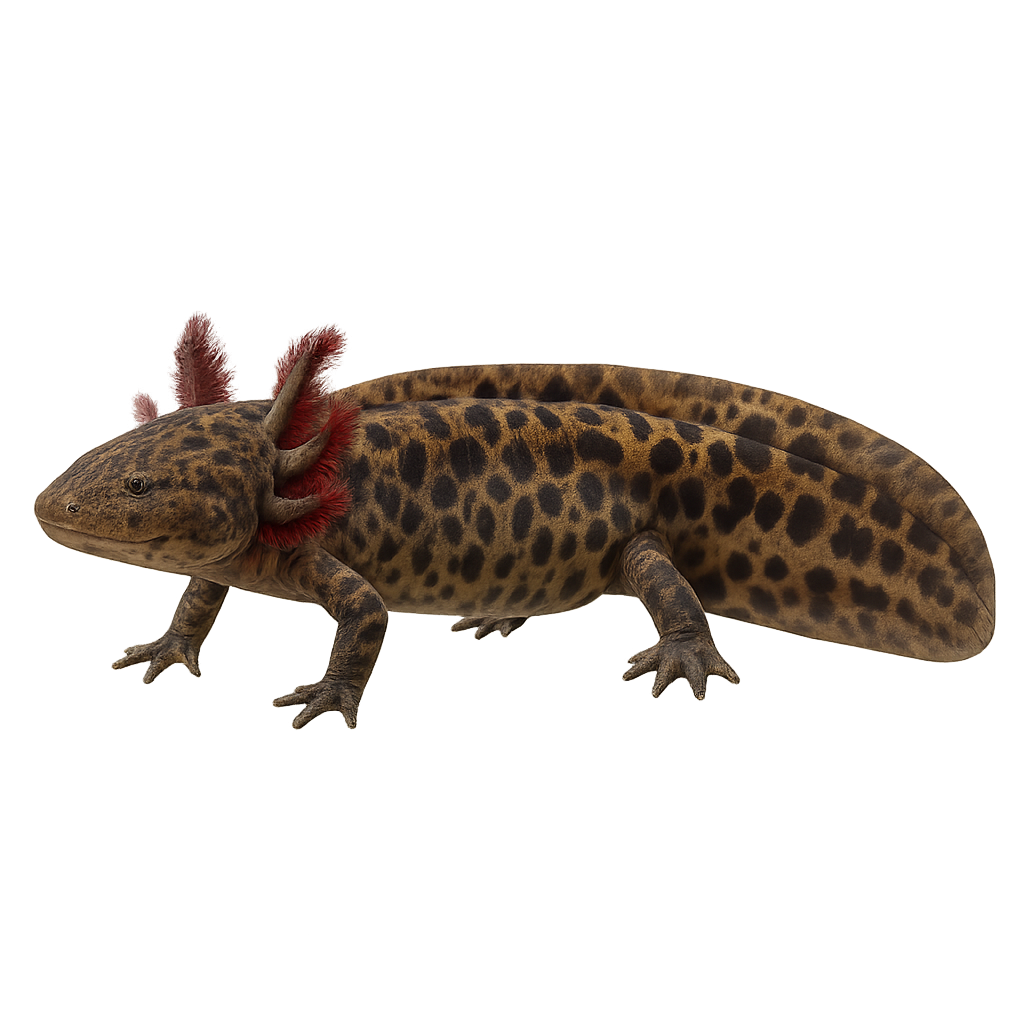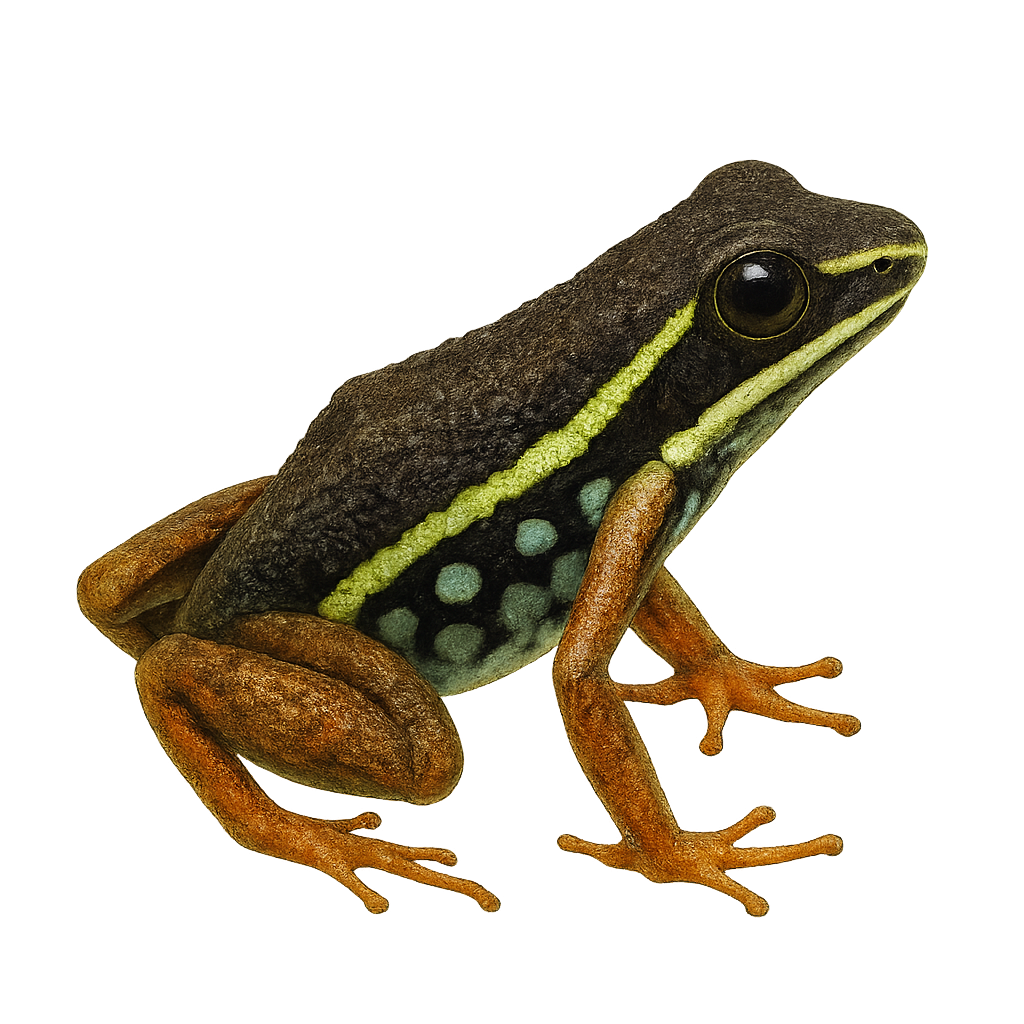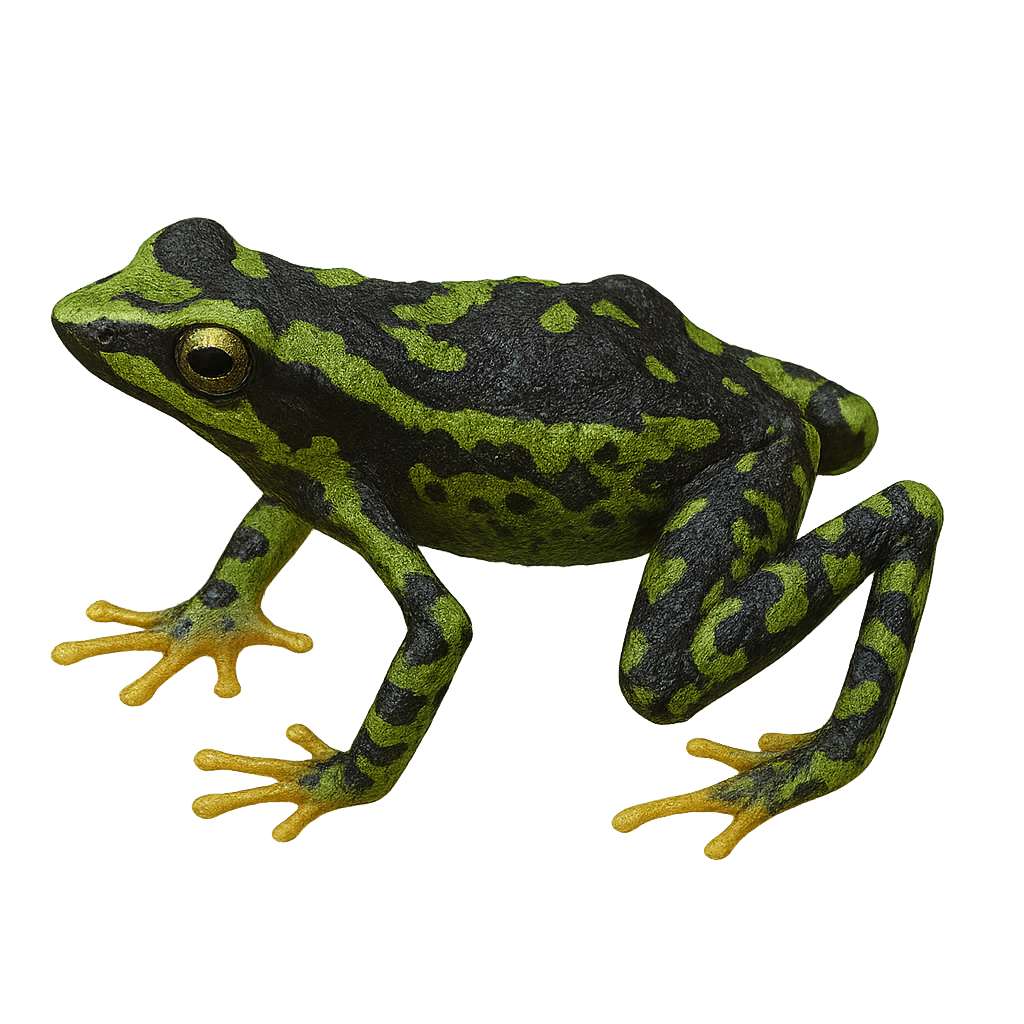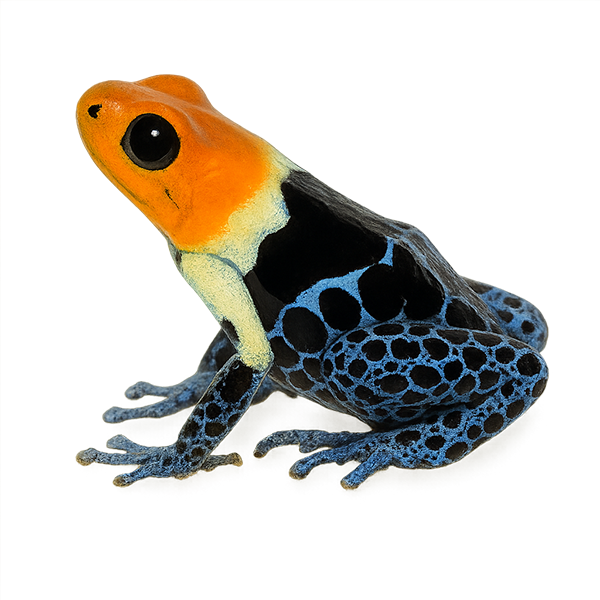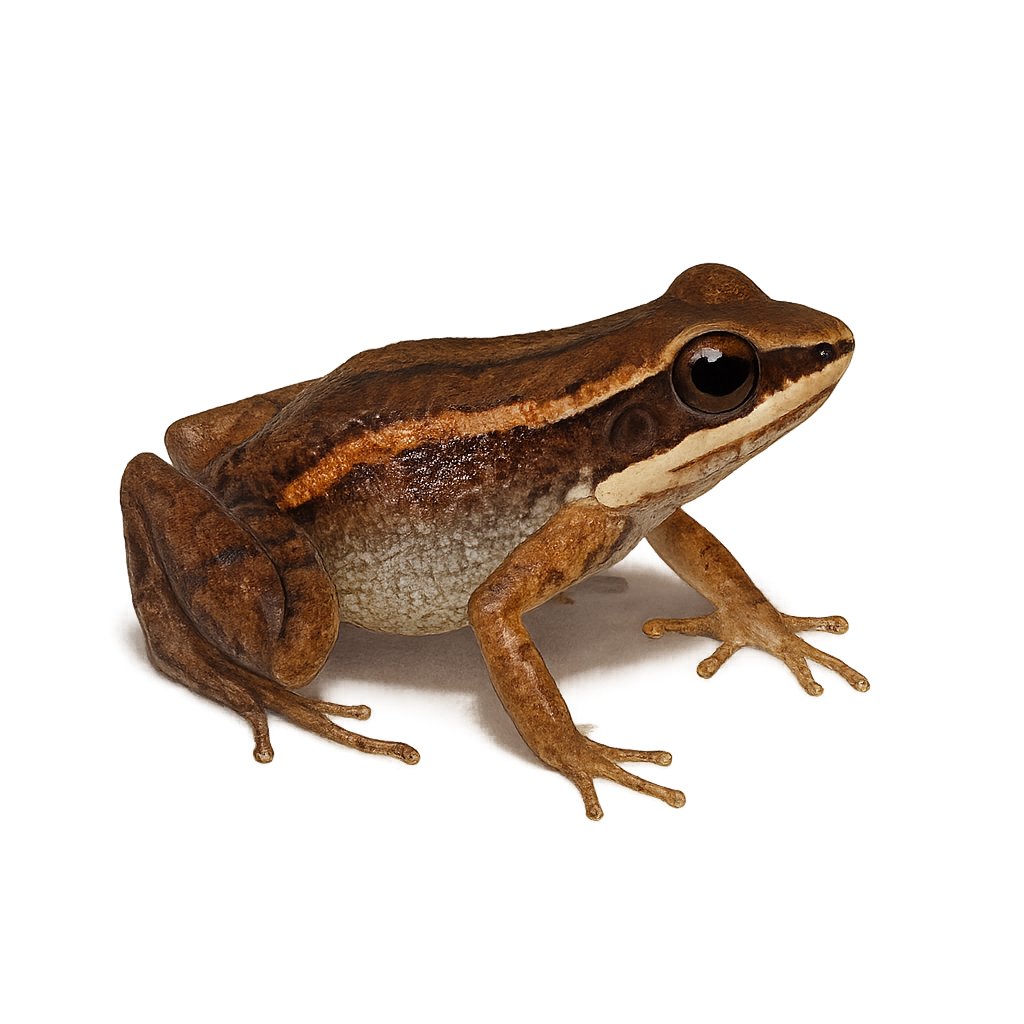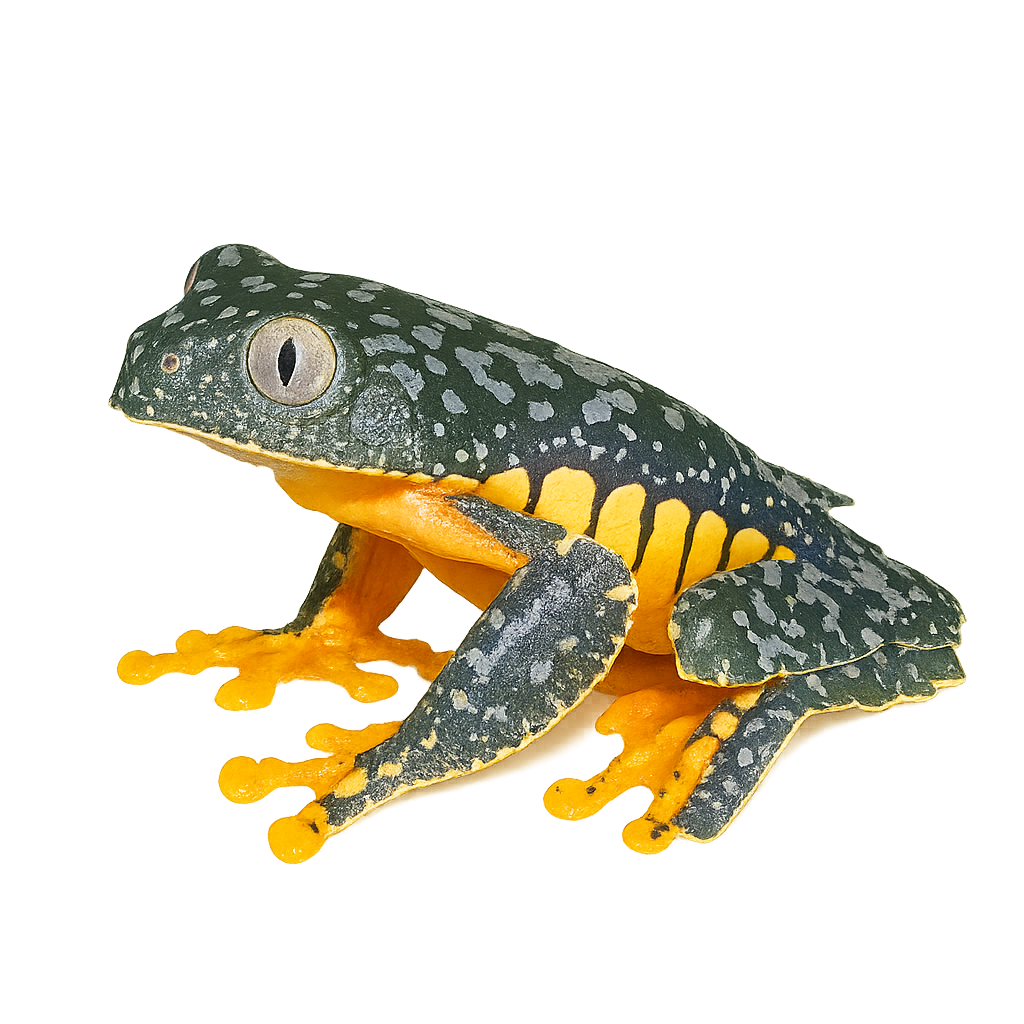Your wildlife tracking tool..
Browse 2,846species by country, track observations, and plan your photo outings.
Your global reference for wildlife photography
WildlifePhotographer gives you access to over 2,846 wildlife species sheets to help you identify, understand, and photograph wildlife around the world. Mammals, birds, reptiles… each sheet provides key information: habitat, activity, life cycle, signs of presence, and tailored photo tips.
Our database grows every week with new iconic species. To go further, access maps, reminders, logs, and personalized statistics in the app — designed to meet the real needs of wildlife photographers in the field.
Fisher’s salamander
Ambystoma andersoni
The Fisher’s salamander is an urodele amphibian endemic to the Lake Pátzcuaro basin (Michoacán, Mexico). It inhabits hot springs, marshes and wet meadows at 2030–2120 m elevation. Strictly nocturnal, it feeds on aquatic insects and small crustaceans. During the breeding season (July to September), males become territorial and perform body-undulation displays before egg‐laying.
Fire-legged Poison Frog
Ameerega ignipedis
The Ameerega ignipedis, commonly known as the Fire-legged Poison Frog, is a brightly colored frog species native to the humid tropical forests of South America. It is particularly recognizable by its vivid red legs, which contrast with its black or dark brown body. This diurnal frog is often observed on the forest floor, where it primarily feeds on small insects. Although its bright coloration serves as a warning to potential predators, indicating its toxicity, it is nonetheless vulnerable to habitat loss due to deforestation. Its reproduction typically occurs during the rainy season when conditions are ideal for tadpole development.
Flat-spined Atelop
Atelopus planispina
The Atelopus planispina, known as the Flat-spined Atelop, is a rare and fascinating amphibian endemic to the humid tropical forests of Ecuador. This toad is distinguished by its smooth skin and vibrant colors, ranging from green to yellow with black patterns. It typically measures between 3 and 5 cm in length. Adapted to terrestrial life, it prefers areas near water bodies where it can breed. Unfortunately, this species is threatened by habitat loss due to deforestation and climate change. Conservation efforts are crucial for its survival. Due to its rarity and beauty, it is often sought after by photographers and naturalists.
Fantastic Poison Frog
Ranitomeya fantastica
The Ranitomeya fantastica, or fantastic poison frog, is a small, colorful frog native to the rainforests of Peru. Known for its striking patterns and vibrant colors, ranging from yellow to red, often with black spots, these frogs typically measure between 1.5 and 2 cm in length. They primarily inhabit humid undergrowth and feed on small insects. Their skin secretes toxic alkaloids, a natural defense against predators. Although fascinating, their habitat is threatened by deforestation, making them vulnerable. They play a crucial role in the ecosystem by controlling insect populations and serving as bioindicators of environmental health.
Finca Primavera rocket frog
Colostethus alacris
The Finca Primavera rocket frog, scientifically known as Colostethus alacris, is a small, vibrant frog species native to the humid tropical forests of South America. It is primarily found in the mountainous regions of Colombia, where it inhabits leaf litter and areas near water streams. Its coloration ranges from brown to green, with distinctive patterns that allow it to blend effectively into its natural surroundings. This species is known for its distinctive call, used by males to attract females during the breeding season. Although its conservation status is currently concerning due to deforestation and habitat loss, it continues to fascinate herpetologists and nature enthusiasts with its unique behavior and ecology.
Fitzinger's rain frog
Craugastor fitzingeri
Fitzinger's Rain Frog is a terrestrial amphibian species found in the humid tropical forests of Central America, mainly in Costa Rica and Panama. It is known for its rough skin and typically gray-brown coloration, which helps it blend seamlessly into its environment. This frog is nocturnal and prefers to live in damp understory areas, where it hides under dead leaves or rocks. Its small size, combined with its discreet behavior, makes it hard to spot. Unlike other tree frogs, it is primarily terrestrial and spends most of its time on the ground, near temporary water sources where it lays its eggs.
Fringed Tree Frog
Cruziohyla craspedopus
The Fringed Tree Frog, or Cruziohyla craspedopus, is a fascinating amphibian species primarily inhabiting the humid tropical forests of South America. It is recognizable by its vibrant coloration, blending shades of green, blue, and yellow, which allows it to effectively camouflage in its natural habitat. This frog also features distinctive fringes along its limbs, from which it derives its name. It is mainly arboreal, spending most of its time in the tree canopy. The Fringed Tree Frog is nocturnal and primarily feeds on insects. It plays a crucial role in the ecosystem by regulating insect populations and serving as prey for many predators. Although its conservation status is concerning, it is still relatively widespread in some areas.


